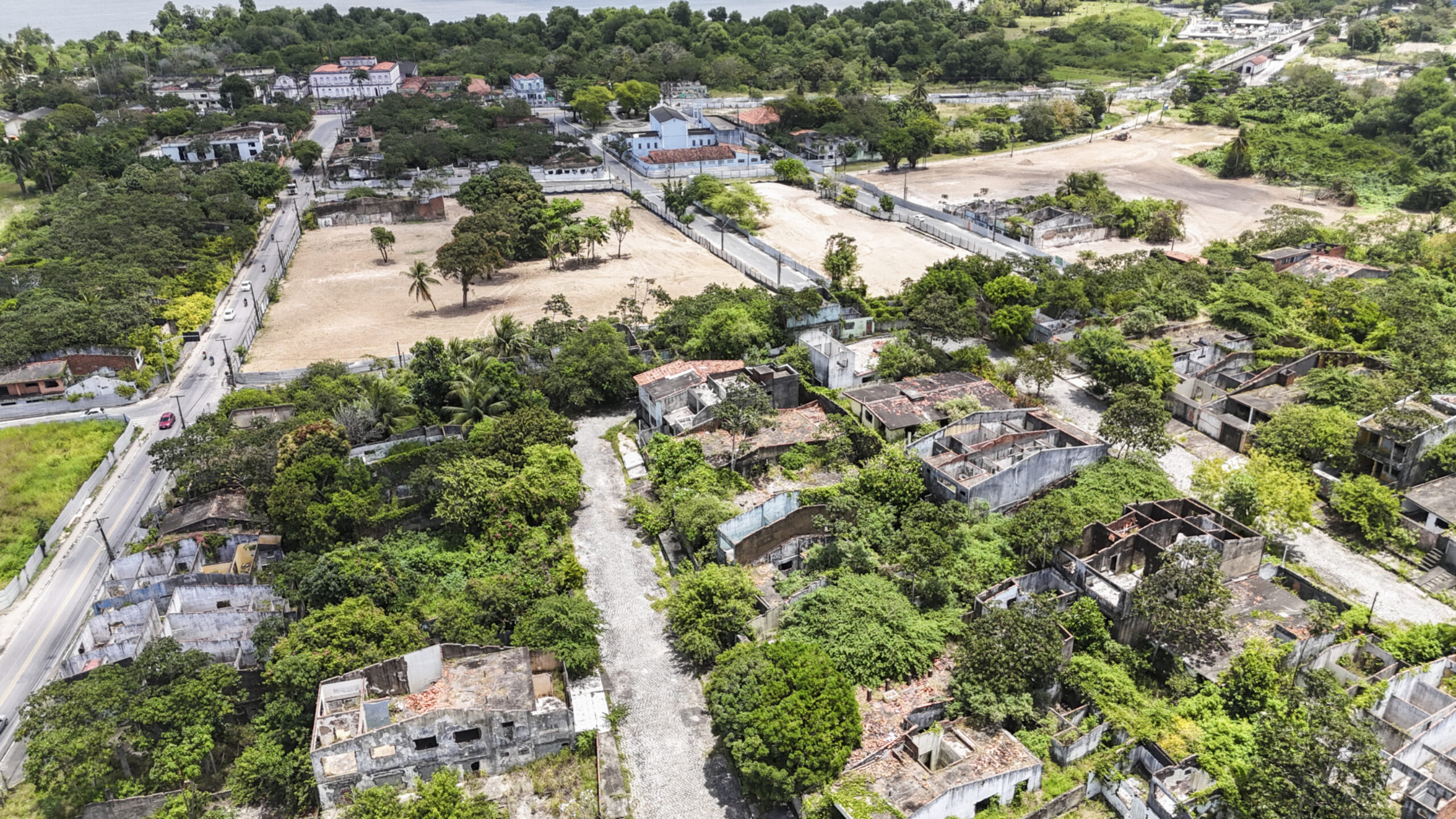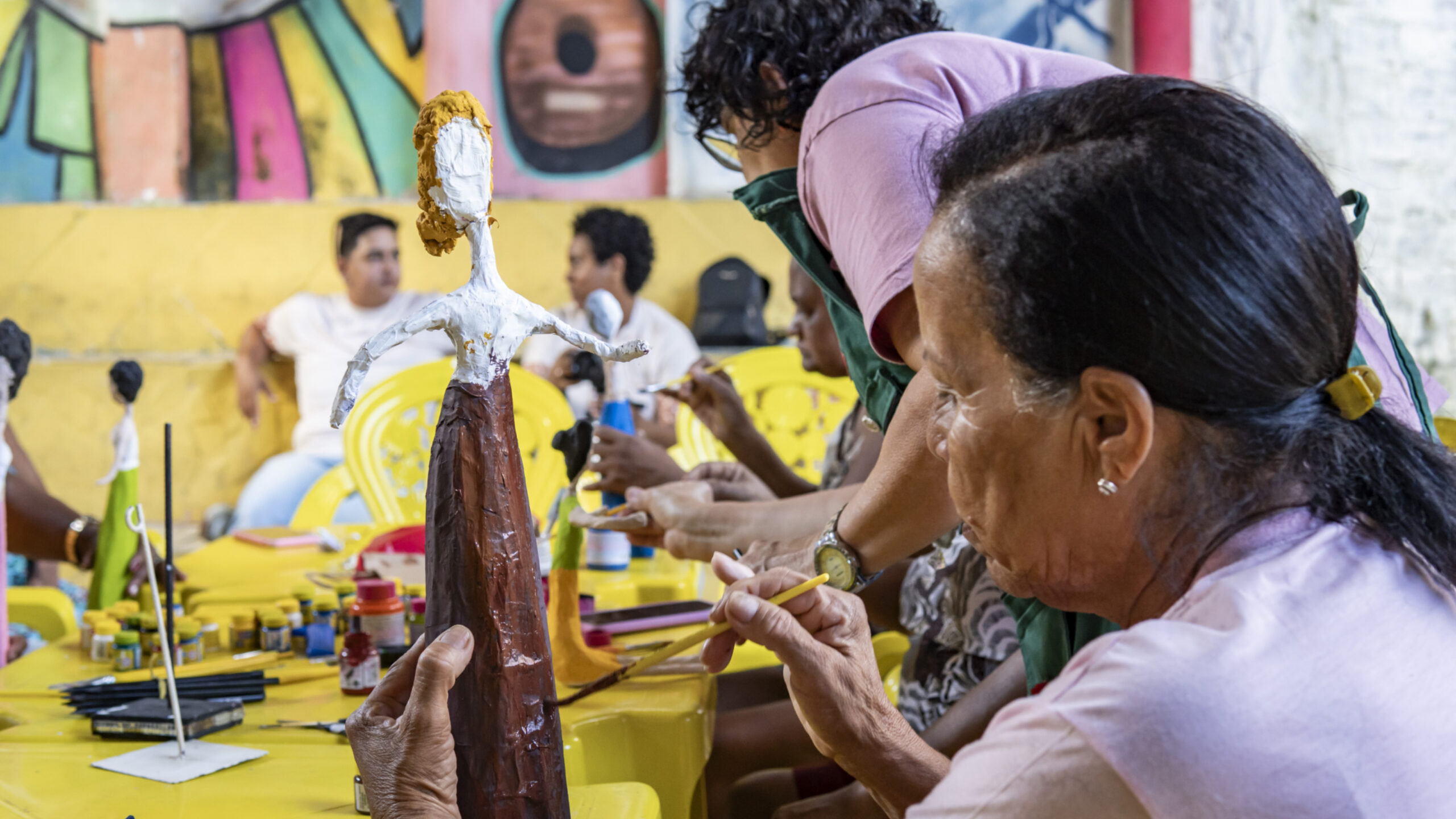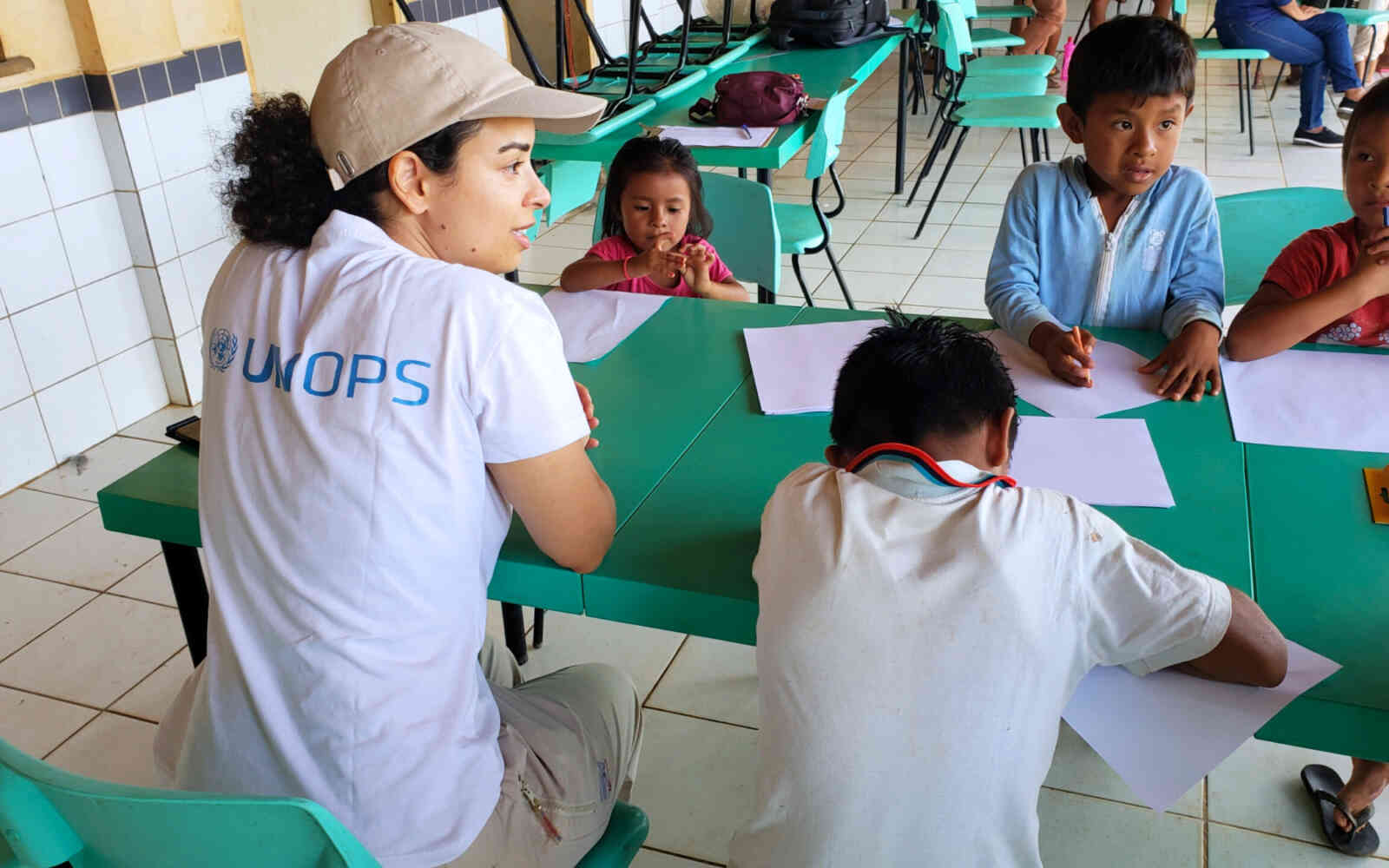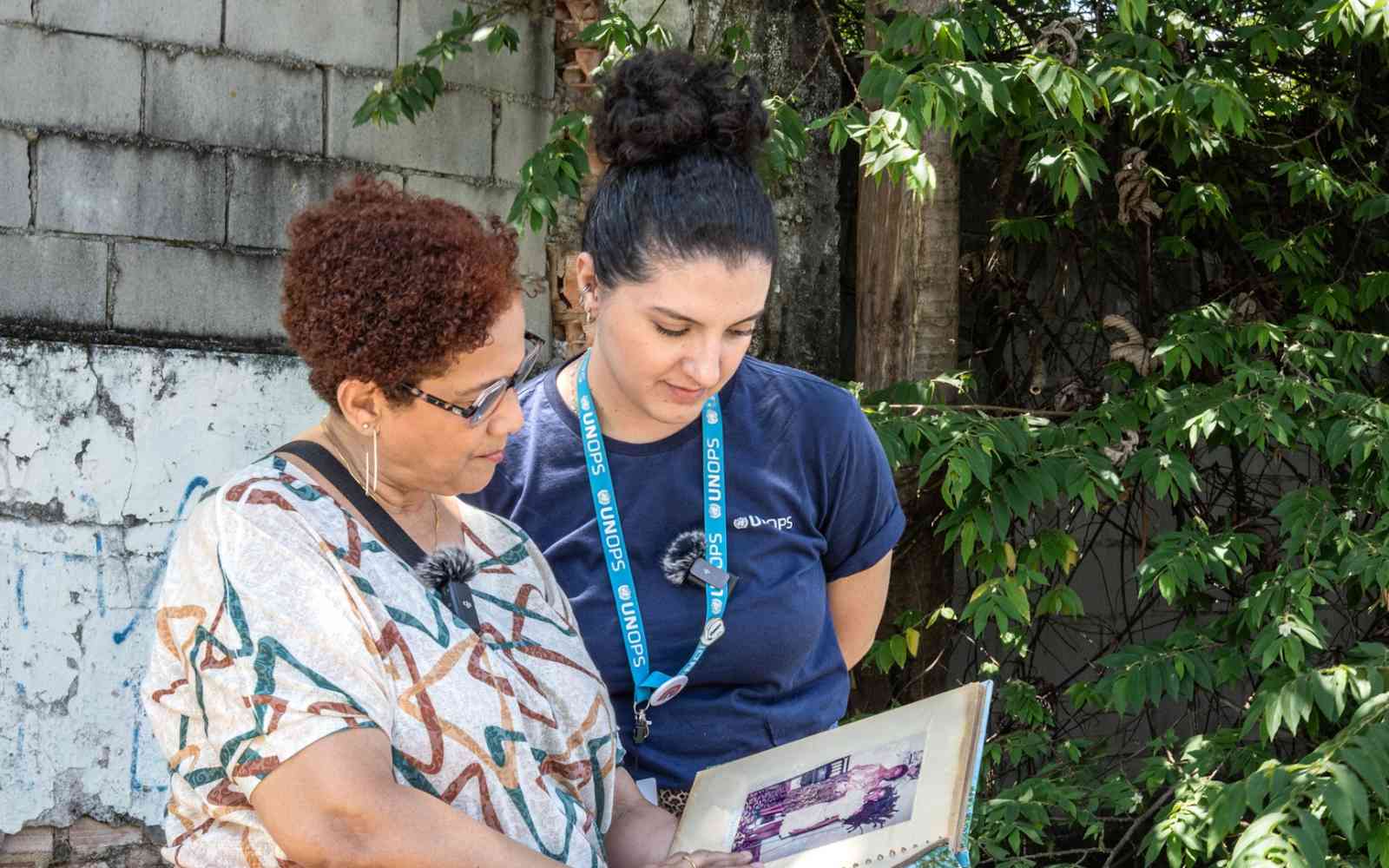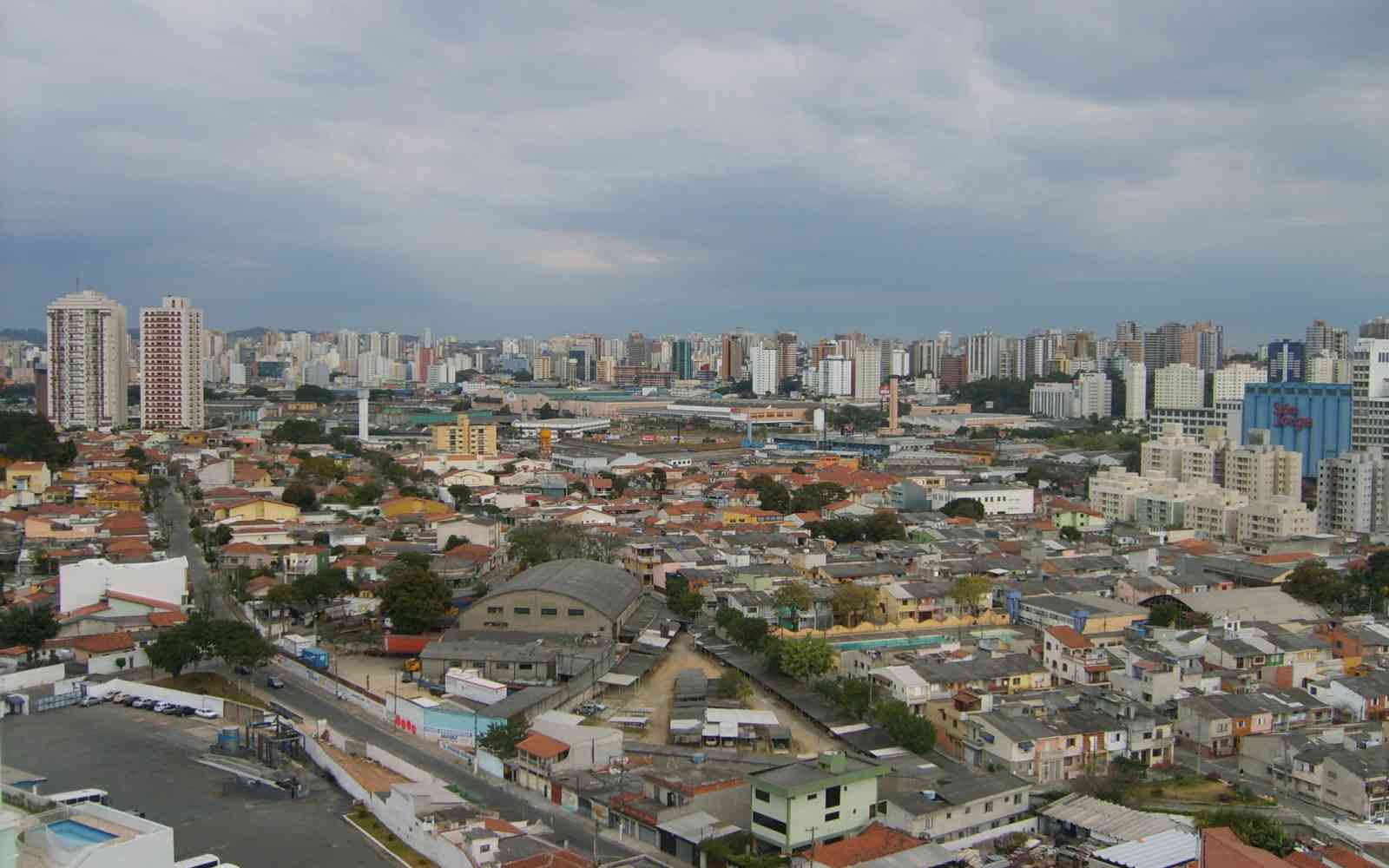The United Nations Office for Project Services (UNOPS)

Repairing lives after disaster
Disasters don’t only break ground – they shatter the heart of communities.
From climate-fuelled disasters to destruction caused by conflict and other human-made crises, the focus of recovery is often fixed on the visible – collapsed buildings, flooded streets and shattered infrastructure.
Yet, the deepest wounds are often the invisible losses – the emotional scars and the anguish of those who have been permanently displaced, carrying with them the memories of a home and a community they may never be able to return to.
“Sometimes people think of territory only as infrastructure, but it is also made of the connections between people [...]. It wasn’t only the walls that fell – it was our lives,” says Roberta Santos, a displaced resident.
In March 2018, Roberta and other inhabitants of Maceió felt tremors and loud rumbles coming from beneath.
After decades of underground rock salt extraction in nearby areas, tunnels began to collapse, causing the ground above to start sinking. The neighbourhoods of Bebedouro, Bom Parto, Farol, Mutange and Pinheiro saw their houses, shops, schools and health centres becoming part of the hazard zone, shattering the lives of tens of thousands of people.
To this day, the tragedy unfolding in Maceió stands as the largest ongoing urban social-environmental disaster in Brazil.

We saw our friends leave, we saw our school and our church close. The train that used to connect our neighbourhoods stopped running. We lost the most important value: home.
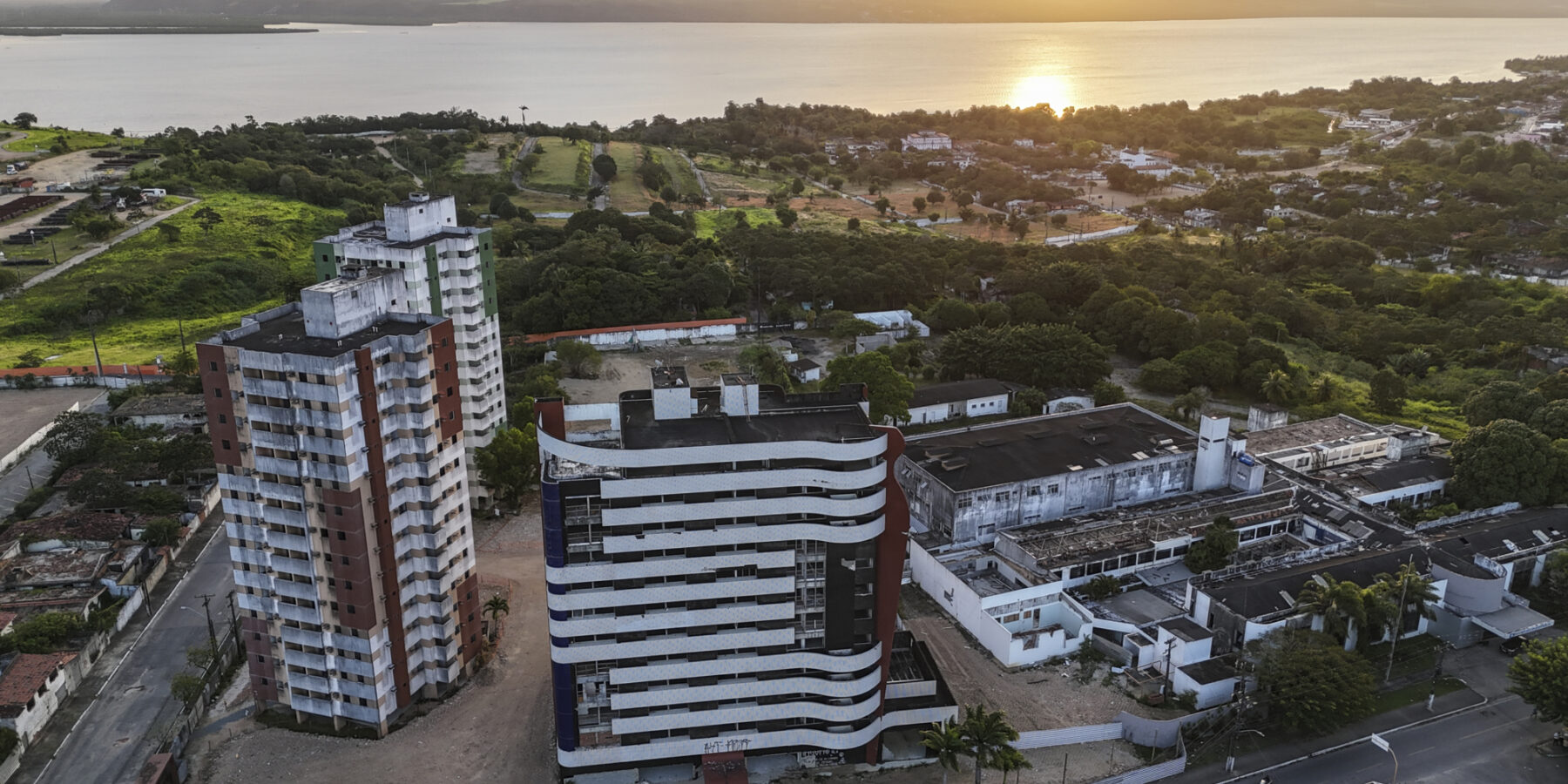
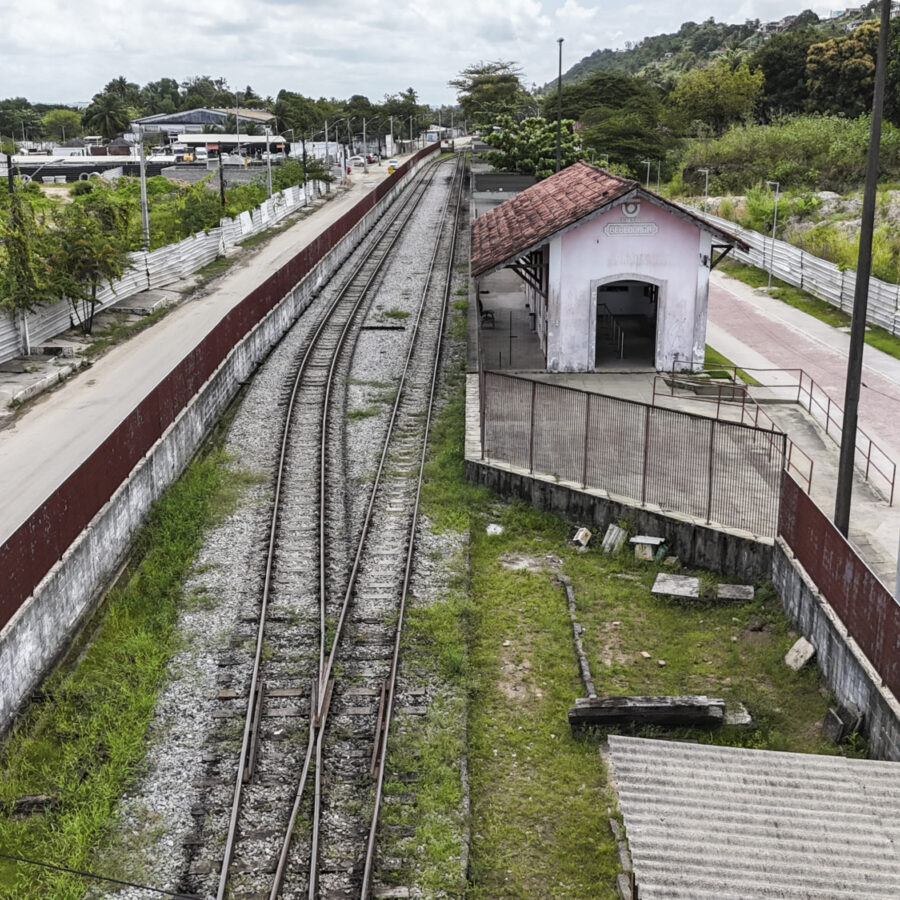
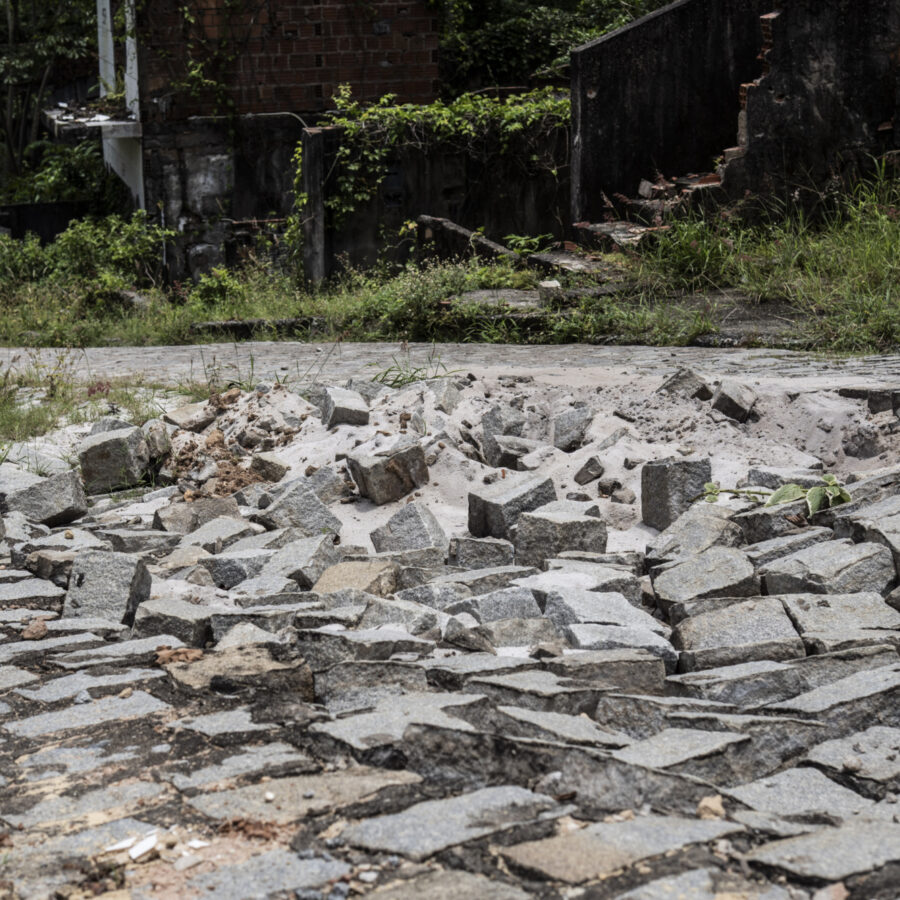

Latin America and the Caribbean is the second most disaster-prone region globally. Between 2000 and 2022, approximately 190 million people were affected by more than 1,530 disasters, disproportionately impacting the most vulnerable and marginalized populations.
Source: UNDRR
‘You are never going home’
‘You are never going home’
The disaster forced around 60,000 people to abandon their homes, leaving behind years of memories, family history, togetherness and the sense of belonging built over generations.
In the districts neighbouring the hazard zone, cracks creeping along the walls of houses serve as a daily reminder that the disaster is far from over. For those still living there, the choice is painful – to start over somewhere new or to stay, living with uncertainty.
"Before, no one used the word borda (edge/border), now we all know that it means being close to risk. We learned that zone 0 no longer exists, zone 0.1 was the second one to be evacuated and that makes us live with daily fear, not knowing what will happen in the future," says Paulo Rodrigo.
In February 2019, almost a year after the disaster began to unfold, heavy rain struck and residents from the Pinheiro neighbourhood were asked to evacuate as buildings were sinking once more.
Nearly five years later, Mônica Oliveira, a shellfish gatherer, watched in horror from her apartment window as a whirlpool formed in the Mundaú Lagoon when a mine below gave way.
The neighbourhood was there. Today, it no longer exists.
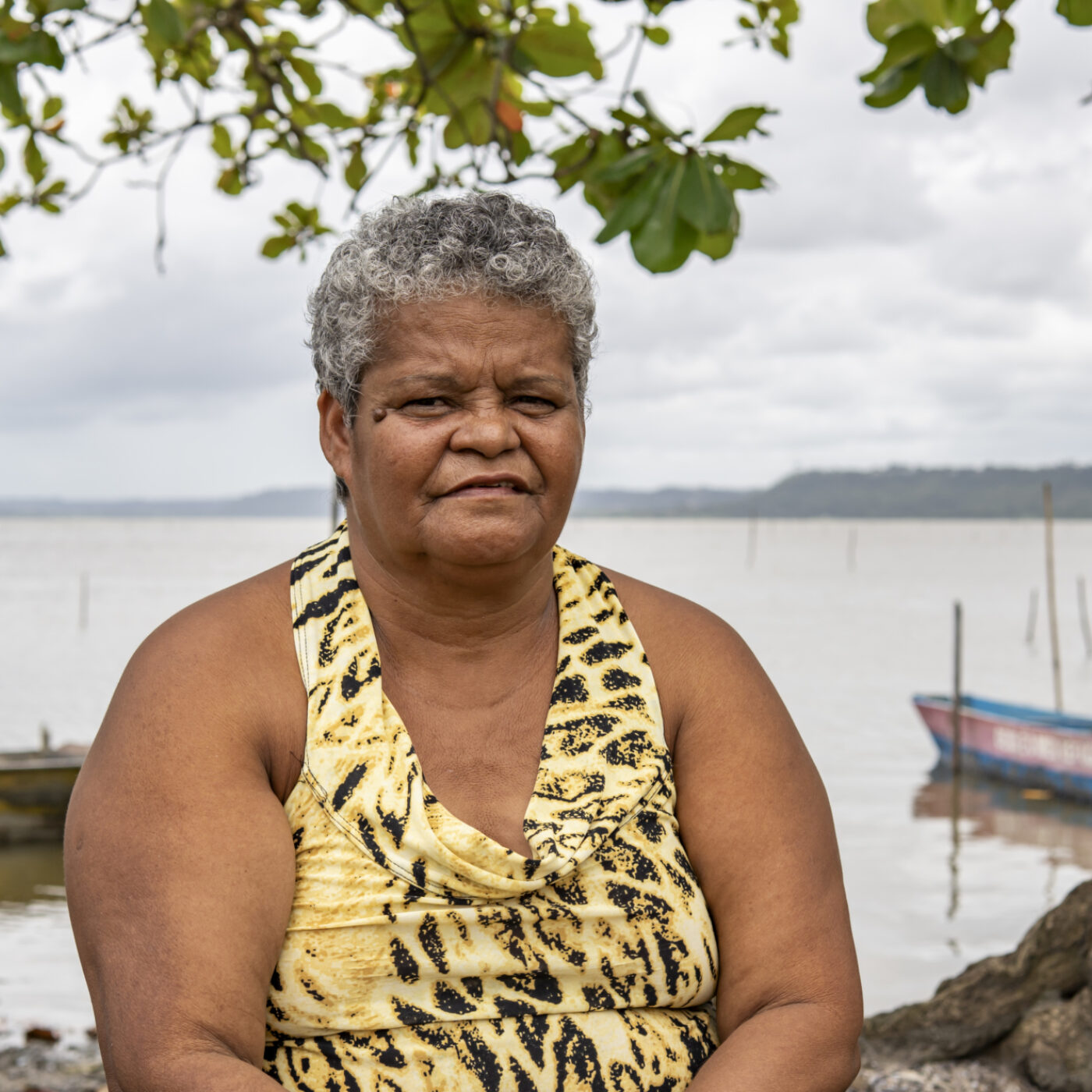
For the affected communities, the feeling of loss goes far beyond the physical – it is a wound that is carried each day along with the irreplaceable loss of home.
Loss of biodiversity and livelihoods
Loss of biodiversity and livelihoods
The steady collapse of the mines has also had wider environmental impacts in the area, including on biodiversity.
Paulo remembers a day in December 2023, when the collapse of a major mine led to salt being released into the Mundaú Lagoon, west of Maceió. The lagoon is home to a rich ecosystem that has long been the primary source of income for thousands of families who relied on fishing and the harvesting of sururu, a traditional type of mussel. The health of the lagoon’s delicate ecosystem has deteriorated significantly since the incursion of mining residues.
"The lagoon is sick, the pink and grey herons are no longer around since the day of the disaster," says Joseane dos Santos, a mother of nine who raised her children around the lagoon, feeding them with the money she earned from fishing and gathering shellfish.
For many, a sick lagoon does not only mean the loss of livelihoods, but also the loss of their story, of their identity.

The lagoon is my mother, my father, my life.
Towards justice and recovery
The ECOA campaign was part of the ‘Our Land, Our History’ recovery programme. It brought together local mobilizers and UN Volunteers to identify people affected by the disaster and offer them a platform to share their stories. By giving them a voice, the process of healing and rebuilding could begin – because in telling their stories, they started to restore their history.
Information collected throughout the campaign is helping develop future activities and projects under the programme.
Towards justice and recovery
In response to the disaster, UNOPS is working with the Committee for Non-Material Losses, a volunteer network that brings together communities to shape the path to recovery, an initiative funded through a public civil action by the Federal Public Ministry in Alagoas.
Through the four-year ‘Our Land, Our History’ recovery programme, the aim is to repair the immaterial damages suffered by a community that has since been dispersed across the city of Maceió.
"Now we want justice [...] help heal the population [...] and remember history, our history," says Dilma de Carvalho, president of the Committee for Non-Material Losses.
The programme seeks to bring displaced communities together to heal the social wounds left by the disaster and to rebuild the region collectively. Through community-driven projects, it focuses on restoring mental well-being, creating opportunities for income generation and entrepreneurship and strengthening the bonds that hold communities together.
It also promotes environmental education and works to preserve the productive chain of Mundaú lagoon while supporting local civil society organizations that lead the way towards recovery.
"We had already achieved individual compensation for those who had to leave their homes, but a reparation for collective moral damages was needed," says Dr. Roberta Bomfim.
This recovery programme in Maceió is innovative because it brings the community directly into the reparation process.
Processes can be built to mitigate damages, mitigate consequences and open paths for the reconstruction of social ties. [...] We are here to begin this work.
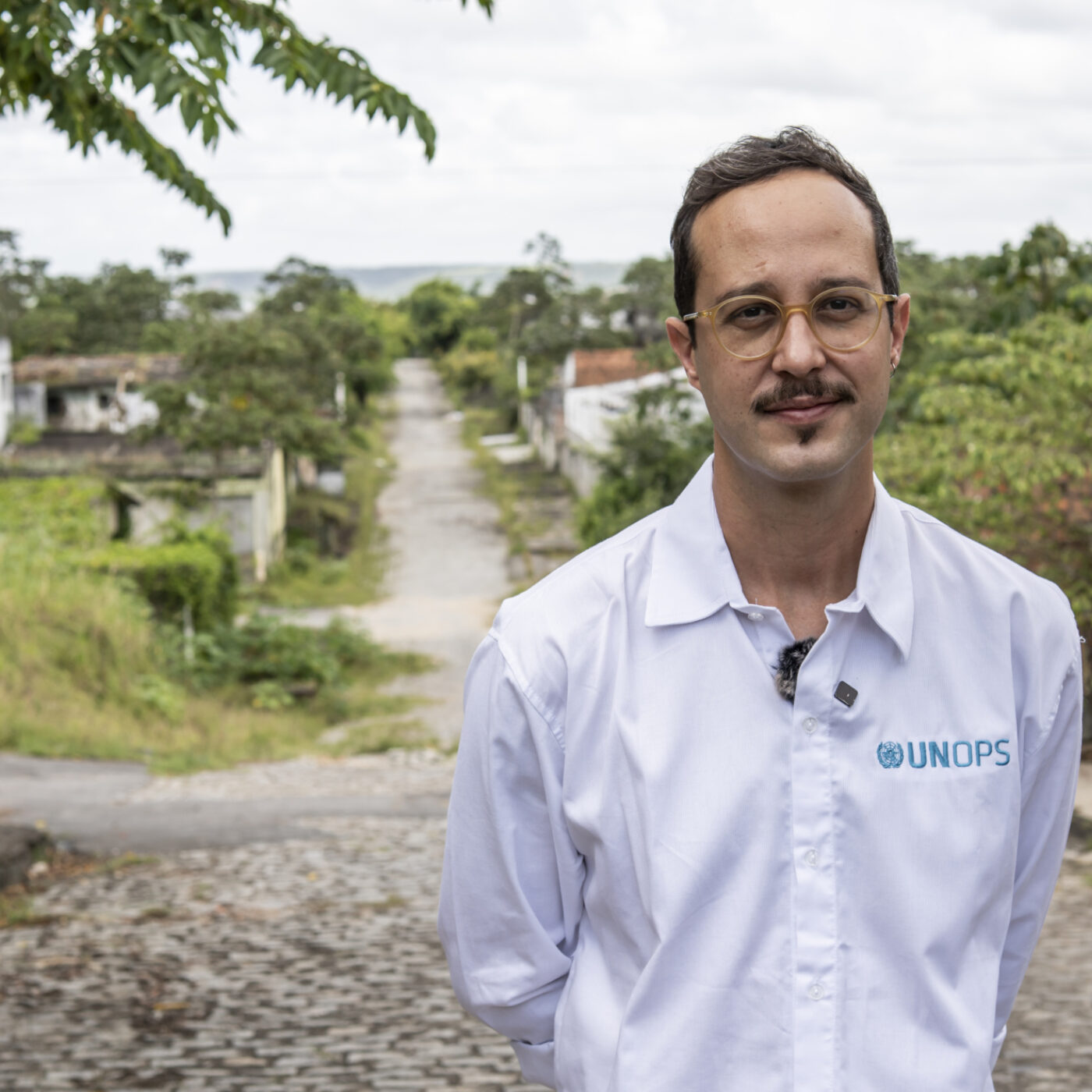
What is happening in Maceió mirrors the same vulnerabilities that climate change exposes around the world – vulnerable communities bearing both the physical and emotional brunt of environmental degradation.
Recovery goes beyond rebuilding infrastructure – it is also about restoring the social fabric of communities to strengthen their resilience and help them withstand future crises.
For Roberta Santos, returning to the deserted streets of her former neighbourhood in Maceió has been a long grieving process. Through her participation in one of the community projects offered by the programme, she began to heal.
"I finally managed to work through the trauma, and it wasn't so traumatic to return [to where it all started]."
About the programme
About the programme
Since its launch in 2023, the 'Our Land, Our History Programme' has allocated about $1.77 million to 13 recovery projects as of October 2025, out of a total budget of around $28.7 million.
These initiatives directly support affected communities and help repair non-material damages. All projects are developed with input from the Committee for Non-Material Losses, ensuring continuous dialogue and participation from those impacted. Additional projects are planned through 2027, the programme's duration.







